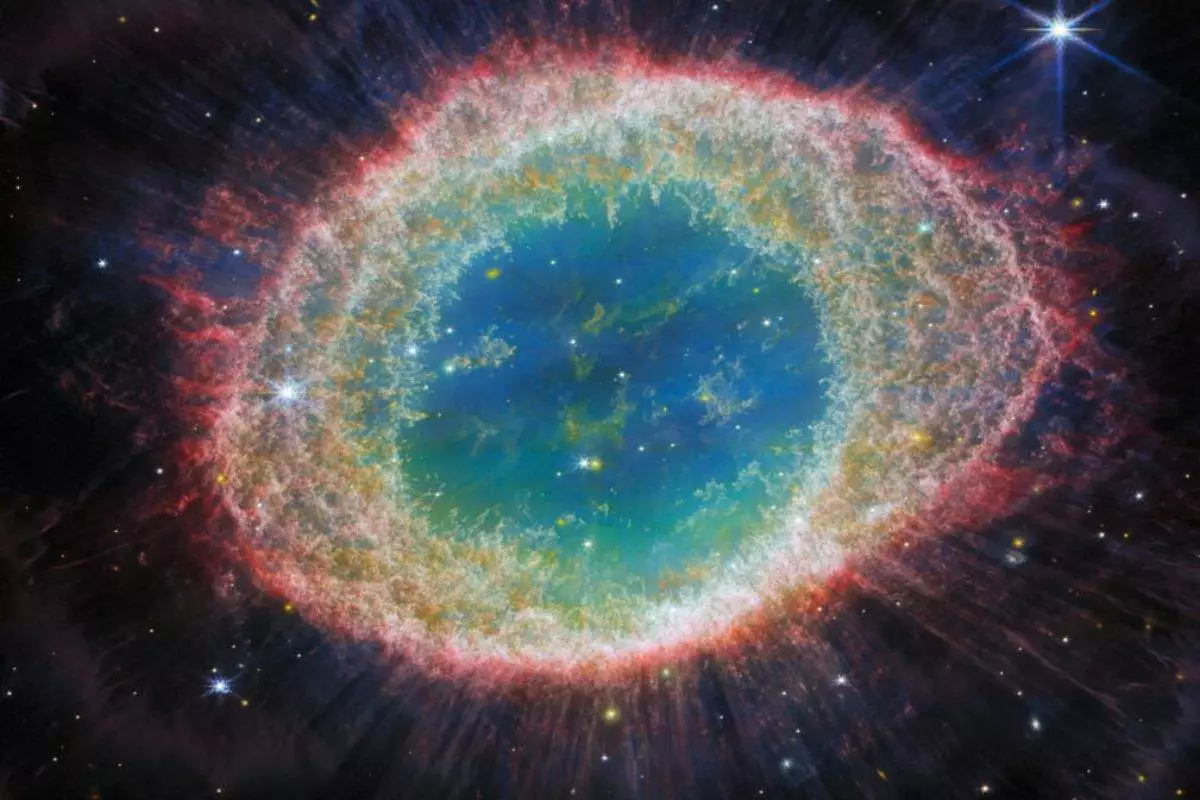
Picture Of Star
One of the most well-known planetary nebulas, the Ring Nebula, was photographed by NASA’s James Webb Space Telescope. The Southern Ring Nebula, one of Webb’s first pictures of star, is similar to the Ring Nebula in that it exhibits complicated formations that represent a dying star’s last moments. More information about this stage of a Sun-like star’s stellar lifespan is provided by Cardiff University’s Roger Wesson, who also discusses how Webb observations have provided him and his colleagues with invaluable insights into the birth and evolution of these objects, suggesting a crucial role for binary companions.
Planetary nebulae
It was once believed that planetary nebulae were straightforward, spherical formations with a single fading star at their center. They were given their name because, through small telescopes, they resembled fuzzy planets. That star was still a red giant, losing most of its mass only a few thousand years ago. The heated core is now heating up this released gas as a final farewell, and the nebula reacts by emitting a variety of vibrant colors of light. However, current research indicates that the majority of planetary nebulae exhibit amazing complexity. It raises the question of how such complex and delicate non-spherical structures can be produced by a spherical star.
Also Read: Specially-abled Artist Creates Magnificent Portrait Of Elvish Yadav
Also Read: Nostalgia Hits Hard: After Voicing Mario For 27 Years, Charles Martinet Steps Down
Astounding pictures of dying star
It is possible to solve some of the mysteries surrounding planetary nebulae by focusing on the Ring Nebula. It is brilliant, close by, 2,200 light-years away, and can be seen with binoculars on a clear summer evening in most of the northern hemisphere. There is a multinational team of specialists in planetary nebulae and associated objects, and the team go by the name of ESSENcE (Evolved StarS and their Nebulae in the JWST Era). The Ring Nebula fits well in the field of view of Webb’s NIRCam (Near-Infrared Camera) and MIRI (Mid-Infrared Instrument) sensors, allowing us to examine it in unprecedented spatial depth, thus we knew that Webb observations would be of great use to us.
People were astounded by the photographs’ level of detail when they were first seen. Each of the 20,000 or so dense molecular hydrogen gas clumps that make up the brilliant ring that gives the nebula its name is roughly the mass of the Earth.
To read more such news, download Bharat Express news apps


















